Septic Tank Design Drawings, Web these septic system illustrations help readers understand, identify, and possibly even locate buried onsite wastewater disposal and septic tank equipment at properties.
Septic Tank Design Drawings - And encompasses conventional gravity flow and effluent pump systems for new/existing residential and commercial establishments that are outside the chesapeake Web pumping a septic tank is an essential maintenance task for households that have a septic system. Different types of septic systems. Web request a septic tank design that uses gravity flow at all stages. Primary treatment occurs in the septic tank, where bacteria digest organic materials in the wastewater. Web a septic system has two components: This article series offers some sketches explaining septic system components and installations. Web we bought a house built in 1996 with a sand filter septic system. A septic tank is a buried, watertight tank designated and constructed to receive and partially treat raw domestic sanitary wastewater. Heavy solids settle to the bottom of the tank while greases and lighter solids float to the top. Web septic system design parameters such as finding the recommended septic tank volume and conventional recommended leach field or drainfield size, along with some notes on how to calculate these from simple water usage and site conditions are discussed here and in our basic design articles. Consider the slope and topography of the site to determine the location of the. Septic tank should be watertight and constructed of bricks masonry, stone masonry, or sometimes concrete. This article series offers some sketches explaining septic system components and installations. A septic tank is a buried, watertight tank designated and constructed to receive and partially treat raw domestic sanitary wastewater. And encompasses conventional gravity flow and effluent pump systems for new/existing residential and. Web septic tank is generally constructed by using the following materials and requirements of the component of a septic tank. These septic system illustrations help readers understand, identify, and possibly even locate buried onsite wastewater disposal and septic tank equipment at properties. But it might as well be ancient runes to us. It separates and stores solids, greases and oils. Web how to build a brick septic tank for population equivalent up to 50 people. Open source design drawing by arkitrek Web request a septic tank design that uses gravity flow at all stages. This article series offers some sketches explaining septic system components and installations. A septic tank and a leachfield or drainfield. Web pumping a septic tank is an essential maintenance task for households that have a septic system. Web how to build a brick septic tank for population equivalent up to 50 people. A septic tank is a buried, watertight tank designated and constructed to receive and partially treat raw domestic sanitary wastewater. The design and size of a septic system. A septic tank is a buried, watertight tank designated and constructed to receive and partially treat raw domestic sanitary wastewater. Web discover the essential knowledge every homeowner needs for effective septic system design, installation, and maintenance in our comprehensive guide. Heavy solids settle to the bottom of the tank while greases and lighter solids float to the top. It separates. Web these septic system illustrations help readers understand, identify, and possibly even locate buried onsite wastewater disposal and septic tank equipment at properties. A pipe from the home, a septic tank, a drainfield, and the soil. Open source design drawing by arkitrek A septic tank is a buried, watertight tank designated and constructed to receive and partially treat raw domestic. It separates and stores solids, greases and oils from sewage so the remaining liquids can go to the drainfield. This article series offers some sketches explaining septic system components and installations. Web how to build a brick septic tank for population equivalent up to 50 people. Web the thoughtful design of septic tanks involves a comprehensive understanding of hydraulic principles,. Web these septic system illustrations help readers understand, identify, and possibly even locate buried onsite wastewater disposal and septic tank equipment at properties. A septic tank is a buried, watertight tank designated and constructed to receive and partially treat raw domestic sanitary wastewater. The effluent then flows into the leachfield for secondary treatment. Different types of septic systems. Web a. This article series offers some sketches explaining septic system components and installations. Web septic system drawing faqs: A typical septic system has four main components: It separates and stores solids, greases and oils from sewage so the remaining liquids can go to the drainfield. A septic tank is a buried, watertight tank designated and constructed to receive and partially treat. Web the thoughtful design of septic tanks involves a comprehensive understanding of hydraulic principles, biological processes, and environmental considerations to create a reliable and environmentally sustainable solution. A septic tank is a buried, watertight tank designated and constructed to receive and partially treat raw domestic sanitary wastewater. Click here to get free & fast bids from local septic tank companies. It separates and stores solids, greases and oils from sewage so the remaining liquids can go to the drainfield. Web a septic system has two components: Heavy solids settle to the bottom of the tank while greases and lighter solids float to the top. A typical septic system has four main components: These septic system illustrations help readers understand, identify, and possibly even locate buried onsite wastewater disposal and septic tank equipment at properties. Web septic tank is generally constructed by using the following materials and requirements of the component of a septic tank. Web how to build a brick septic tank for population equivalent up to 50 people. Web septic system design parameters such as finding the recommended septic tank volume and conventional recommended leach field or drainfield size, along with some notes on how to calculate these from simple water usage and site conditions are discussed here and in our basic design articles. Web discover the essential knowledge every homeowner needs for effective septic system design, installation, and maintenance in our comprehensive guide. Web use this as a guide to determine the size and type of septic tank you need for your home. Septic tank dimensions vary based on size and type, but most have a capacity of 1,000 or 1,500 gallons. A septic tank and a leachfield or drainfield. Septic tank should be watertight and constructed of bricks masonry, stone masonry, or sometimes concrete.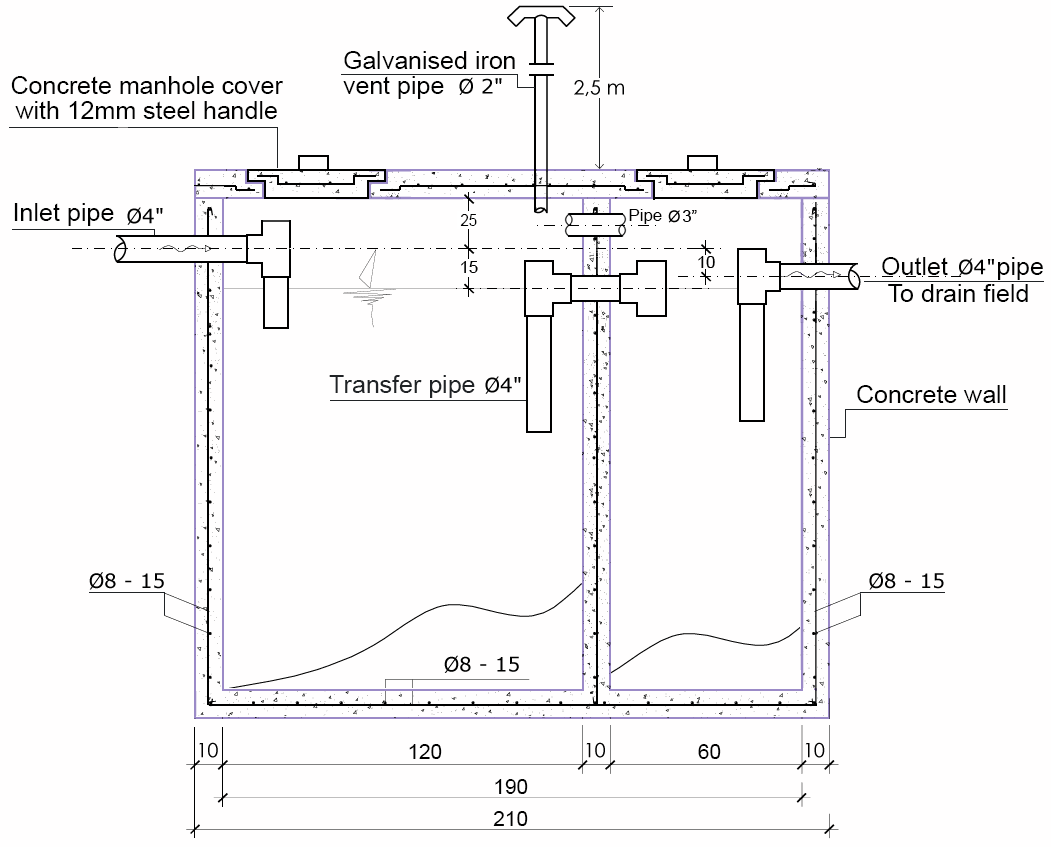
Septic Tank Design and Construction
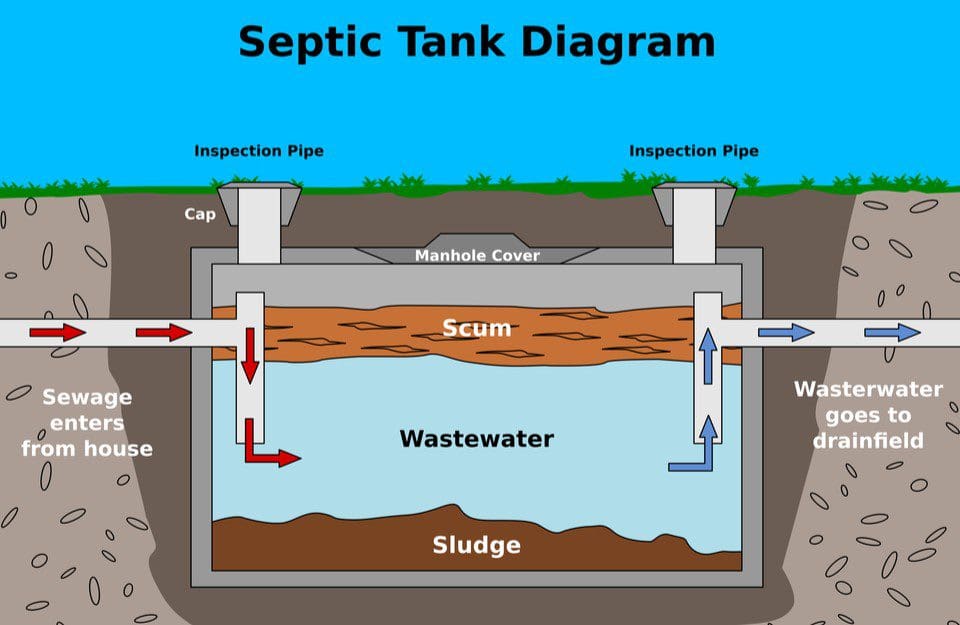
Septic Tank for House Design Principle and Size Calculations Happho

Details of Septic Tank and Soak Pit with AutoCAD drawing File First

Plan Septic Tank Design Dwg Design Talk

How To Design A Septic Tank? Engineering Discoveries
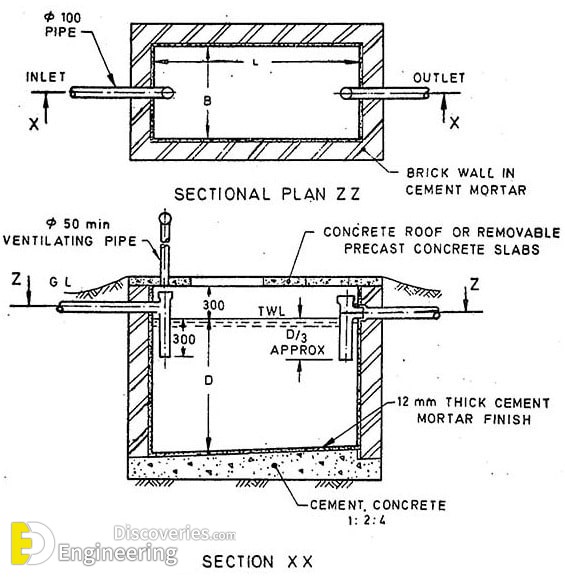
Septic Tank Components And Design Of Septic Tank Based On Number Of
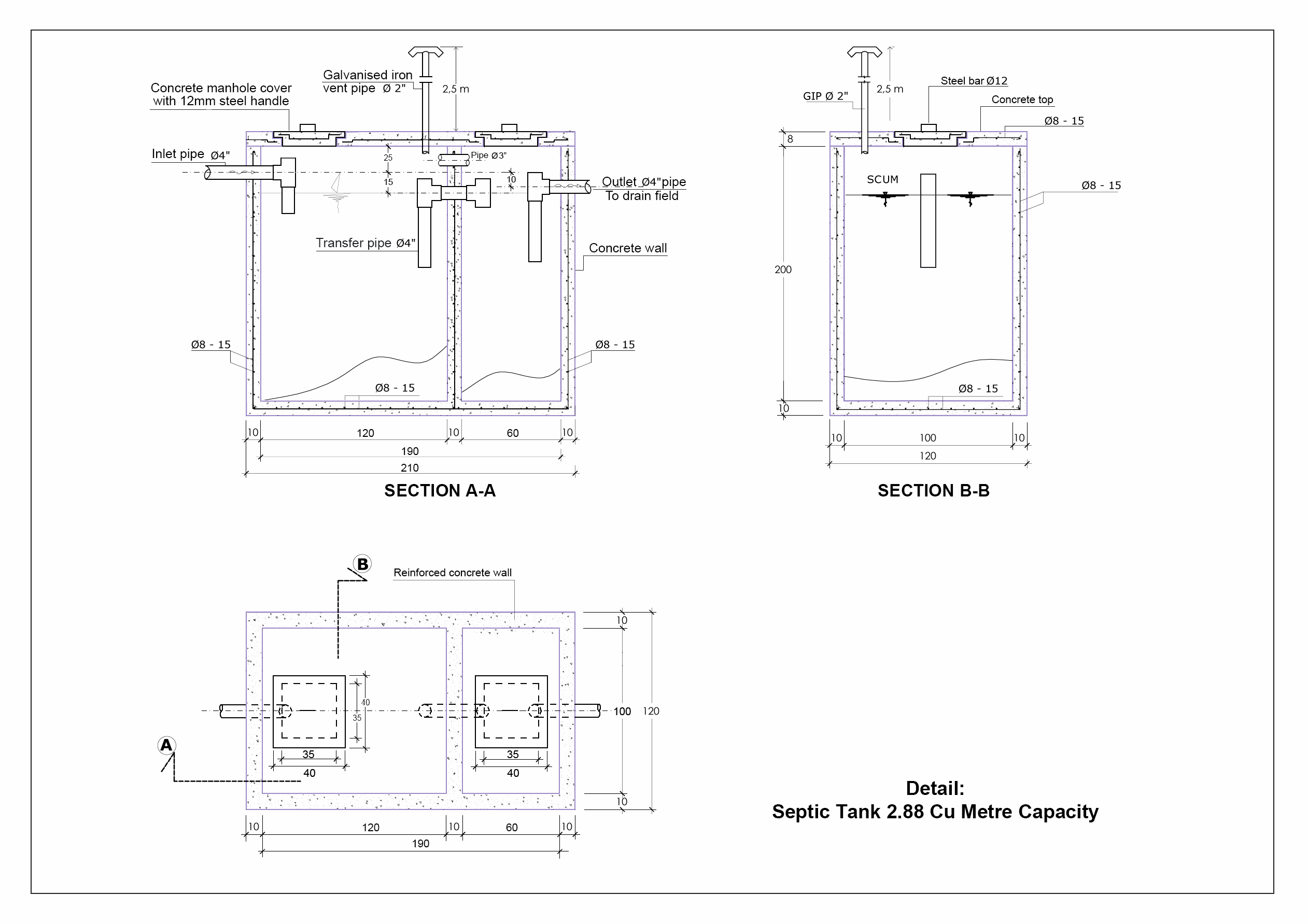
Septic Tank Design and Construction
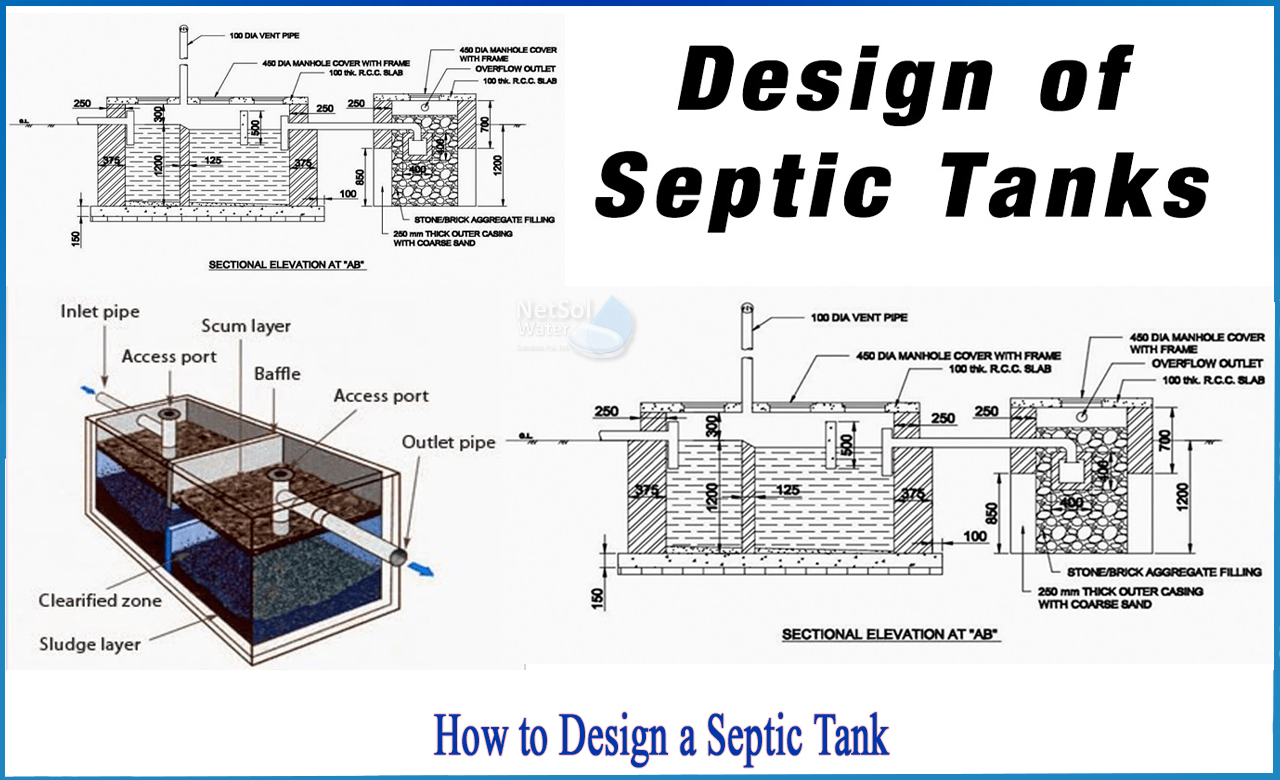
How to design a septic tank Netsol Water

How to draw Septic tank in AutoCAD YouTube

How To Read Septic Tank Drawing Engineering Discoveries
And Encompasses Conventional Gravity Flow And Effluent Pump Systems For New/Existing Residential And Commercial Establishments That Are Outside The Chesapeake
We Got The Following Diagram Of The System:
Web We Bought A House Built In 1996 With A Sand Filter Septic System.
Web Autocad Dwg Format Drawing Of Drawing Details Of A Septic Tank, Side Elevation, And Section 2D Views For Free Download, Dwg Block For A Septic Tank Design Detailed Drawing.
Related Post: